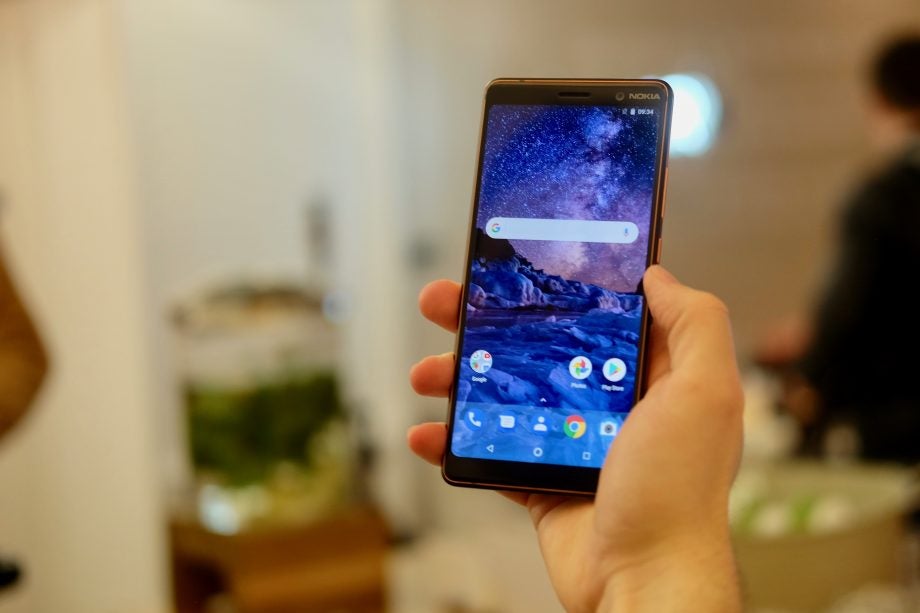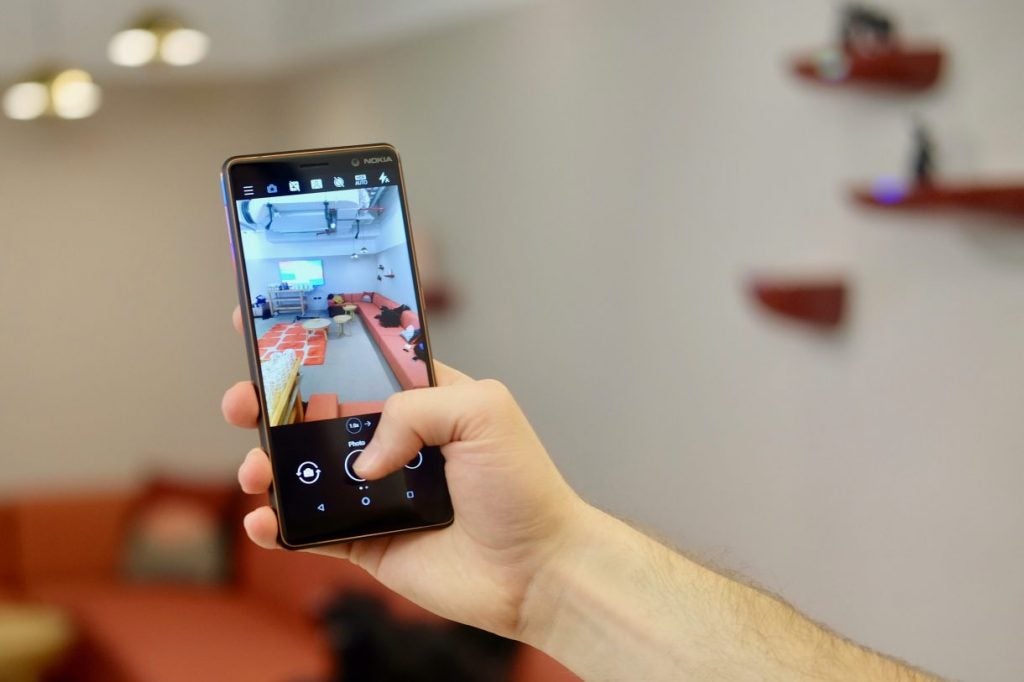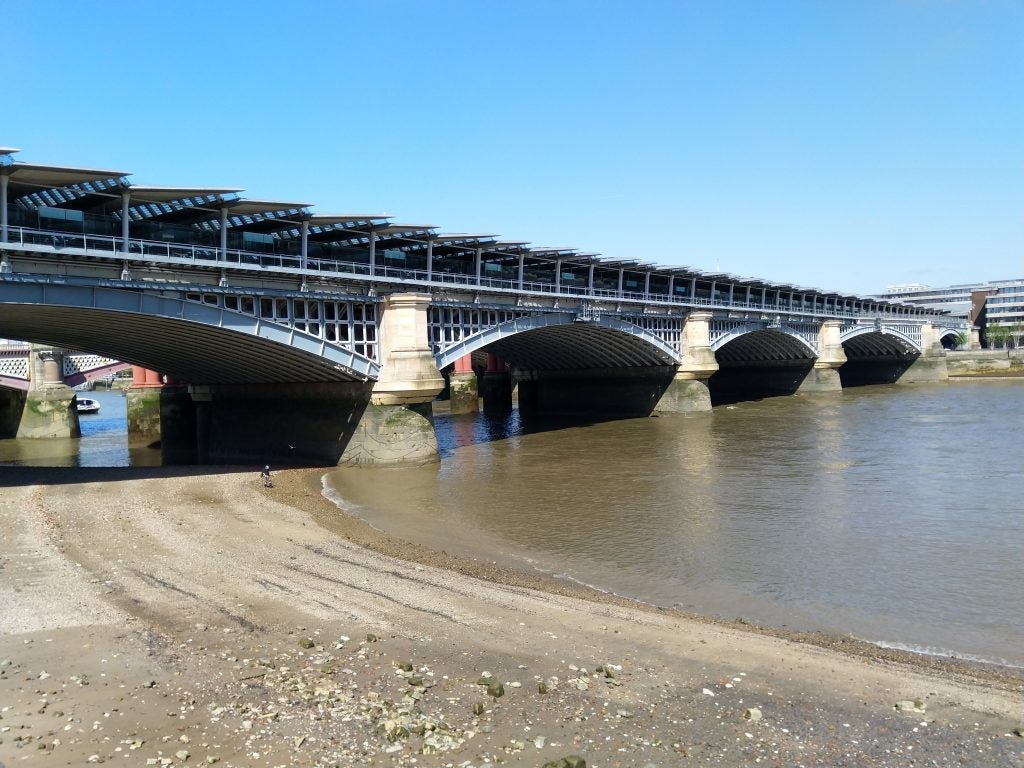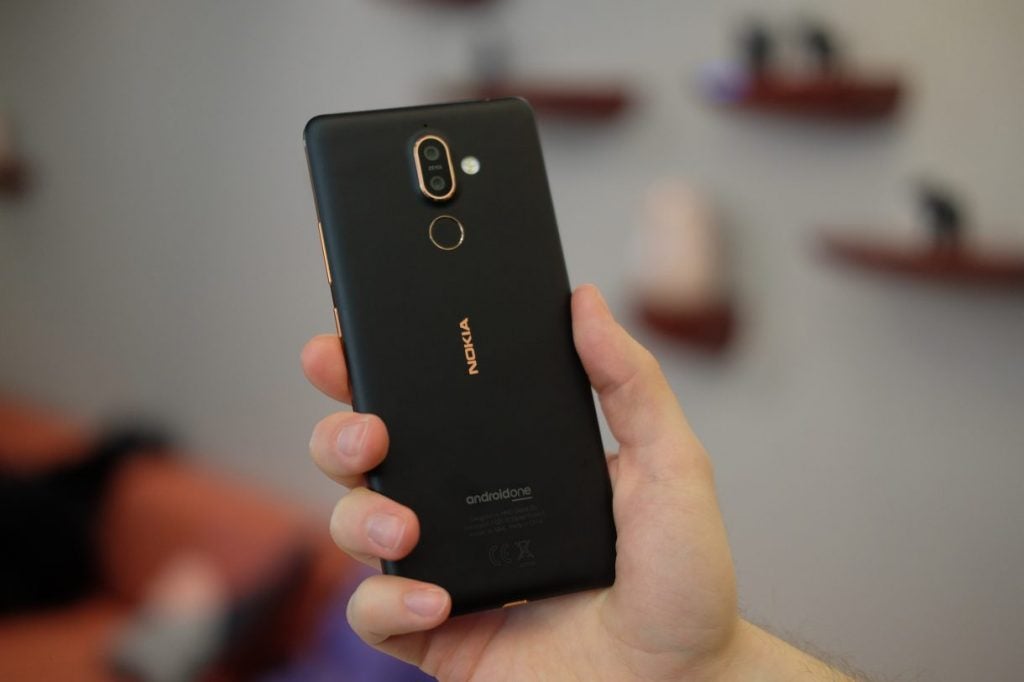Nokia 7 Plus Review - Camera, Battery Life and Verdict Review
Camera, Battery Life and Verdict
A lot of Nokia for your money

Sections
- Page 1 Nokia 7 Plus Review
- Page 2 Camera, Battery Life and Verdict Review
Nokia 7 Plus – Software
All of Nokia’s 2018 Android phones run a variant of the Android One software. Up until this point, One has been mostly used on cheaper phones, costing £100-200. But, in reality, there’s no reason that it shouldn’t be featured in slightly pricier devices too.
Android One is a version of Android direct from Google, without the bloatware and often ugly skins you’d find on phones from the likes of Huawei and LG. It relies on Google’s first-party apps such as Photos, Calendar and Play Music, rather than ones built by Nokia.

This is a plus, not only because these apps tend to be better designed, but also because they’re constantly updated and tie into Google’s fantastic services. Your pictures will automatically sync with Google Photos, music with Play Music and so on.
Another benefit of Android One is updates. The Nokia 7 Plus has been promised two years of updates (so you’ll get at least Android P and Q) and three years of security updates. Judging by the fact there’s already a beta of Android P available for the 7 Plus, I’d expect a very snappy update later in the year.
Using a phone such as the 7 Plus – or any device running a vanilla version of Android, to be honest – is a super-enjoyable experience. It makes you wish more phones utilised it.
Android One isn’t perfect, though; it still feels like there are lots of bugs that need ironing out. I suffered multiple app crashes, random restarts and loss of camera functionality during my couple of weeks with the phone. The phone also tended to become pretty useless when the battery dipped below 10%.
None of these issues were constant, and there’s every chance they could be fixed with a software update. Nevertheless, it was a pain – and at the time of publishing this review, the issues were still apparent.
Nokia 7 Plus – Camera
Since its rebirth, Nokia has struggled to impress with its camera and optics. This is a shame considering the company was once responsible for producing some of the finest camera phones in the past.
For £340, you shouldn’t come here expecting a camera that is able to compete with units that feature in the Galaxy S9, Pixel 2 or iPhone 8 for instance. However, what you do get is a very capable mid-range setup that can capture bright photos.
On the back of the device is a dual-sensor array that comprises of a main 12-megapixel sensor with an f/1.7 aperture plus a secondary, slightly zoomed, 13-megapixel sensor with a narrower f/2.6 aperture. Both cameras have been made in partnership with Zeiss, an optics brand Nokia has been working with for years.
We’ve seen numerous high-end devices with dual cameras over the past few years, and all work in various ways. The Huawei P20 has a monochrome sensor to support the main one, while the LG G7 opted for a wide-angle second camera to fit more in. The Nokia 7 Plus approach is a little like that of the iPhone X, where the camera is used to offer added zoom without sacrificing too much detail.
Snaps taken with the main sensor are excellent. The sensor is fast enough to capture fast-moving objects – like the fire in the samples below – and photos are bright and detailed with nice colour representation.

When the sun isn’t too bright the 2x captures nice shots

It can handle low-light situations

The camera often struggles when there’s lot of varying levels of brightness

The 2x camera struggles with exposure

General pictures are pretty good


Dynamic range is okay, but the difference between the lightest and darkest points is still one of the biggest weaknesses of budget devices. Exposure is another area where it can struggle: in really sunny conditions, the camera struggles to compensate the light and it makes the scene far too bright, blowing out details in the process. The auto HDR mode doesn’t do a very good job at sorting this out, either.
Even flagship phones can disappoint in low-light shots, and there’s nothing revolutionary about the Nokia 7 Plus. The wide f/1.7 aperture lets a good amount of light into the sensor, which results in decent bar shots – just expect to get quite noisy photos and smooth details in faces.
This is most likely down to the lack of OIS (optical image stabilisation); you’ll have to make do with the electronic variety instead.
On the front of the device is a decent 16-megapixel camera, with which you can shoot 4K video. The app is decent, and one of the only extra apps Nokia installs on the 7 Plus. There’s a Deep Pro mode that’s very reminiscent of classic PureView camera-toting phones, plus bokeh and beauty modes.
Nokia 7 Plus – Battery life
Tucked inside the Nokia 7 Plus is a 3800mAh battery, and it’s comfortably the strongest part of the phone. That sizeable cell, paired with optimised software, means you should easily make it through even the most strenuous of days without having to reach for the charger.

An hour of Netflix streaming consumed 8-9%, with 30 minutes of gaming chowing through 15%. Standby time is excellent, too: leaving the phone unplugged overnight took drained a mere 3%.
While this isn’t the slimmest of devices, I’m happy to forgo the slight added thickness to house such an impressive battery.
Battery charging is via USB-C – which still isn’t a given at this price – and there’s fast-charging enabled thanks to the Snapdragon internals. It doesn’t juice up as fast as the OnePlus, for example, and you’ll still need about 2 hours to go from dead to full – but it’s still nice to see it here.
Why buy the Nokia 7 Plus?
The 7 Plus is the best handset from the new Nokia, yet it still displays the lack of experience of the HMD brand. You’re getting a lot of phone for £349, but the design needs tweaking and there isn’t anything that really stands out.
The 7 Plus benefits from an excellent display, decent camera and very good battery life – plus Android One has great potential once the bugs have been squashed.
You could always save yourself a bit of money and plump for the Moto G6 Plus (or even the Moto G6), or see what Honor has in store with the Honor 10.
Verdict
Fantastic battery life and a big, bright screen make this the best phone from the ‘new’ Nokia.
Trusted Score
Score in detail
-
Performance 7
-
Camera 7
-
Design 6
-
Battery Life 9
-
Value 9
-
Software 7
-
Calls & Sound 7
-
Screen Quality 8


